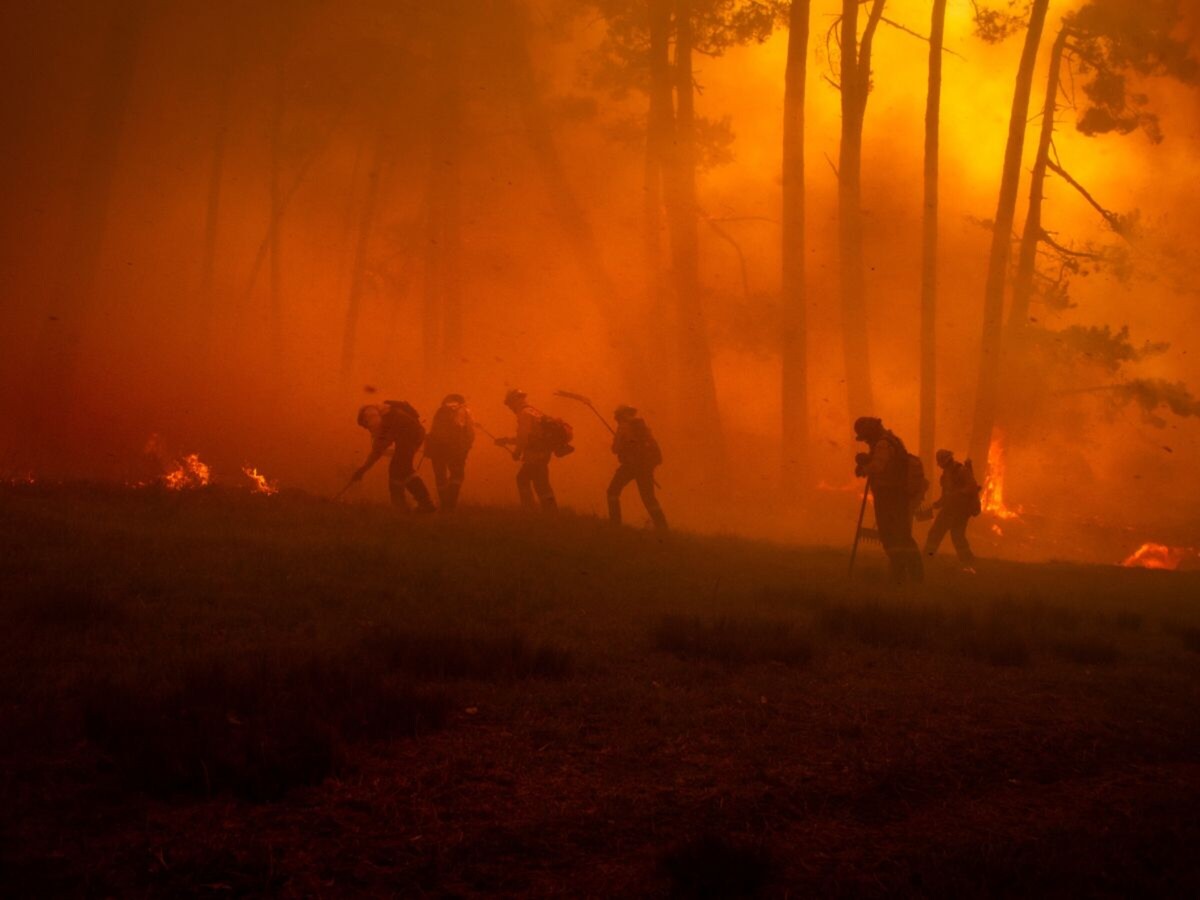Image


BURLINGTON COUNTY – In anticipation of an especially risky spring wildfire season, Governor Phil Murphy and Department of Environmental Protection (DEP) Commissioner Shawn LaTourette have unveiled NJ Wildfire SMART—a set of wide-ranging measures emphasizing fire safety, mitigation, awareness, response, and training across New Jersey. The initiative responds to prolonged dry conditions stretching back to late last summer and the growing threat posed by climate change, which is lengthening wildfire seasons and intensifying the risk of large-scale fires.
“New Jersey experienced significant dryness this past fall, resulting in an extended wildfire season throughout the state in 2024 and providing a sobering reminder that we must be prepared for the spring wildfire season,” said Governor Murphy. “It is more important than ever that we share information and continue to work collaboratively to protect lives, properties, and communities."
Governor Murphy and Commissioner LaTourette hosted a roundtable in the Pinelands—New Jersey’s largest forested area and a hotspot for wildfires due to its sandy, porous soils. Because these soils retain moisture poorly, vegetation can become fire-prone mere hours after rainfall. With dry, windy weather typical between March and May, spring is historically the state’s peak for wildfire danger. As climate change influences temperature and precipitation patterns, forest lands are drying out faster, leaving them susceptible to more frequent and intense fires.
In fact, the DEP’s Forest Fire Service has responded to 884 wildfires since September 1, 2024—an abnormally dry period—burning a total of 4,945 acres, including nine “major wildfires” of 100 acres or more. Officials emphasize that a single spark in these conditions can quickly spiral into a widespread blaze.
“Preparedness is essential, especially as climate change continues to exacerbate the frequency and intensity of wildfires in New Jersey,” said Commissioner LaTourette. “We need to be even more vigilant going into the spring wildfire season and follow the actions of NJ Wildfire SMART, which will help mitigate wildfire risk statewide.
1. Safety
2. Mitigation
3. Awareness
4. Response
5. Training
“The Forest Fire Service works year-round protecting New Jersey communities from the threat of wildfires,” said Greg McLaughlin, Administrator for Forests & Natural Lands. “In addition to protecting lives and property, the Forest Fire Service assists with natural disasters, maintains hundreds of miles of roads, works alongside multiple cooperators to develop and implement strategic plans that reduce the risk of future wildfires, and lends their talents to other states when wildfires strike.”
With dryness intensifying and 2025’s spring season already underway, officials warn that vigilance and cooperation are critical. “It only takes a spark—someone tossing a lit cigarette or an unattended debris burn—for a major wildfire to erupt,” Commissioner LaTourette cautioned. Governor Murphy underscores that NJ Wildfire SMART is about safeguarding communities, landscapes, and the Garden State’s natural heritage from the increasingly frequent and severe fires fueled by climate change.
For detailed information on wildfire prevention, current fire restrictions, and ongoing mitigation projects, residents can visit njwildfire.org or follow the Forest Fire Service’s social media channels for immediate updates.